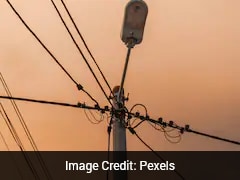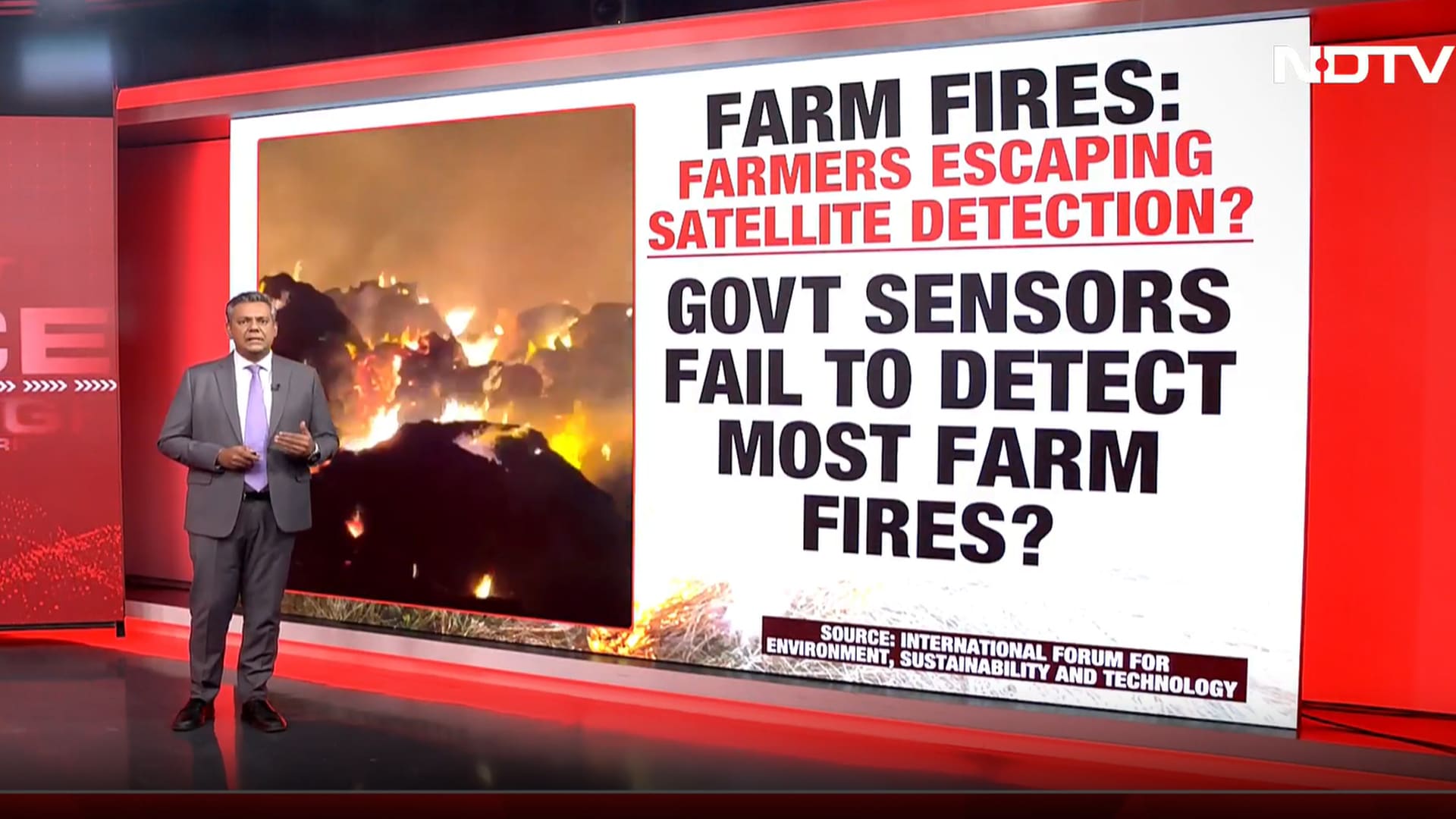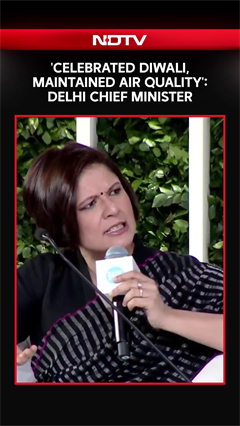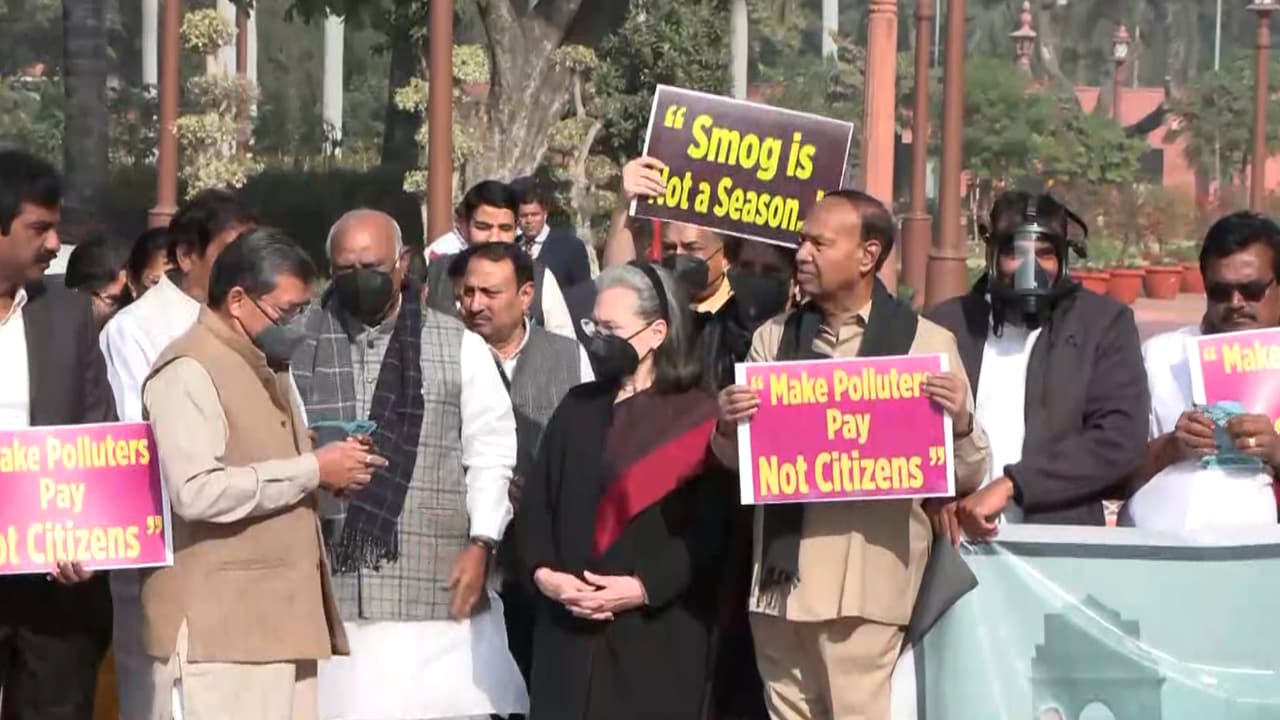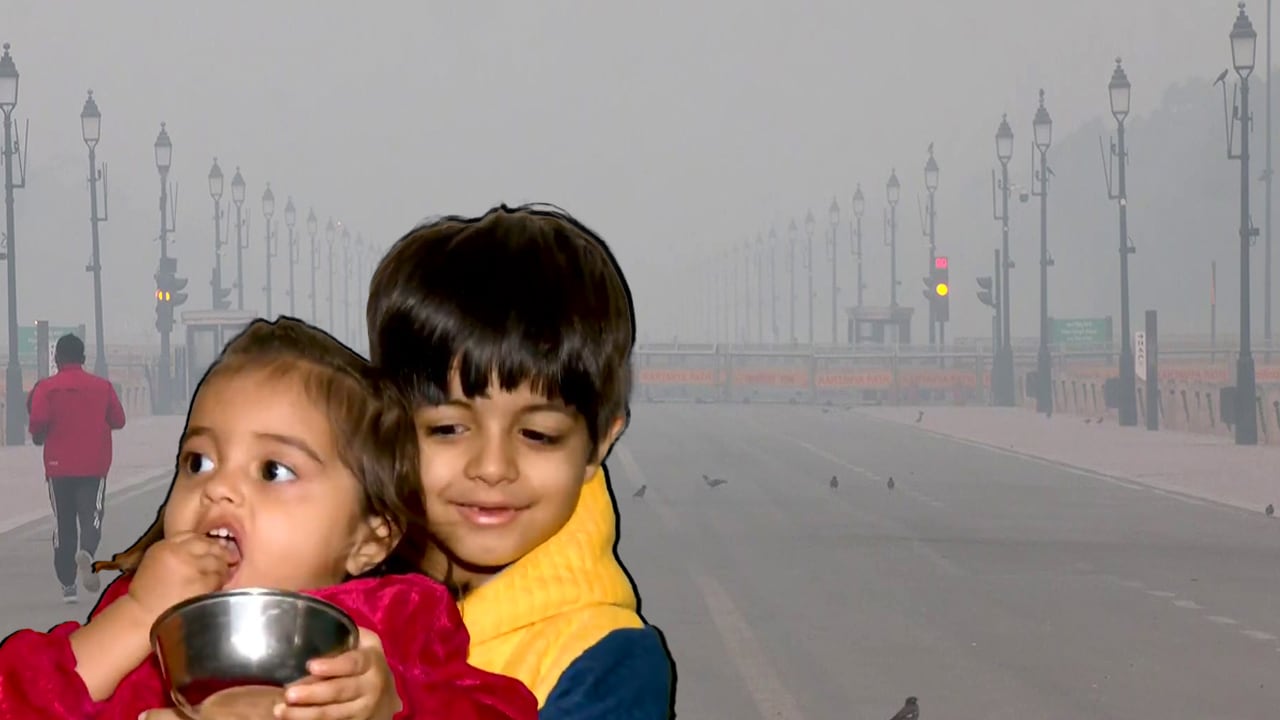- Home/
- "100 Times More Polluting": Study Reveals Industries You Didn't Know Were Harming Your Air
"100 Times More Polluting": Study Reveals Industries You Didn't Know Were Harming Your Air

Air pollution rules are far weaker in some industries than others, according to new research from the University of York. The study looked at legal limits for nitrogen oxides pollutants that come from engines, flues, and chimneys and include harmful nitrogen dioxide, which is a serious issue in many UK cities.
The researchers behind this study compared different engines, turbines, and boilers - ranging from small household boilers to large power stations, ships, and aircraft - based on how much pollution they produce per unit of energy.
Lead researcher Dr Sarah Moller told The Guardian, "We expected that larger emitters, such as power stations, would have stricter limits than smaller appliances like the gas boiler that you have in your home. But this wasn't the case. Per unit of energy produced, power stations can emit 10 times more nitrogen oxides than the gas boiler in your home, and a digger working on your road could emit 100 times more."
Sectors such as shipping, aviation, construction, and farming have some of the loosest air pollution controls, often due to weak regulations rather than a lack of technology. For example, a ship's diesel engine is allowed to emit five times more nitrogen oxides than the same engine used in a generator. A diesel generator at a construction site can emit up to 48 times more than a home boiler while producing the same energy.
Biomass plants, coal-burning facilities, and medium-sized boilers also have weaker pollution rules than fossil gas systems. Some biomass power stations, such as Drax, are legally permitted to emit more nitrogen oxides.
Many polluting engines and machines will remain in use for decades. The average age of a merchant ship is 22 years, and in 2018, over a third of UK diesel trains were built before any emission limits were introduced. The researchers said that enforcing stricter standards now would help improve air quality for many years to come.
As the UK moves towards net zero emissions, cars and homes will increasingly shift to electricity, reducing air pollution. However, other sectors plan to switch to lower-carbon fuels like biofuels, hydrogen, ammonia, and sustainable aviation fuel. These fuels still produce nitrogen oxides and can harm air quality.
Shipping is expected to double and aviation to triple by 2050. These sectors currently face the weakest pollution rules. Co-author Lucy Webster said: "As we transition to net zero, stricter pollution limits should be applied to low-carbon alternative fuels to make sure we get both cleaner air and climate benefits. This is especially important in sectors like aviation and shipping, where activity is expected to grow. If limits for alternative fuels are kept the same as for current fuels, then pollution from nitrogen oxides will likely increase."
also read
Latest Stories
- Press Trust of India | Wednesday December 10, 2025 , New Delhi
Amid high pollution levels in the capital, the Delhi Pollution Control Committee (DPCC) has issued directions mandating a strict ban on the use of coal and firewood in tandoors across all hotels, restaurants and open eateries in the city.
- Press Trust of India | Monday December 08, 2025 , New Delhi
Delhi's air quality remained locked in the 'very poor' category on Monday, with the air quality index (AQI) staying above 300, while forecasts suggest that pollution levels are likely to deteriorate further.
- Reported by Ashwine Kumar Singh | Monday December 08, 2025 , New Delhi
Delhi Chief Minister Rekha Gupta's remarks about the government using mist sprayers to contain pollution at hotspots has drawn a stinging response from her predecessor Arvind Kejriwal.
- Written by Rupashi Chhabra | Monday December 08, 2025
Maintaining lung health is essential for longevity. Here are five simple steps to perform an anti-pollution lung detox for long-term well-being.
- Edited by Astitva Raj | Sunday December 07, 2025
His post clearly explains the various daily challenges he faced after moving to India from Ireland.
................................ Advertisement ................................
Latest Videos
Opinion
Blog | Well Done, Delhi. You've Turned Lung Sacrifice Into A Badge Of HonourSaikat Kumar Bose
Monday November 10, 2025Till some years back, Delhiites would ask angry questions to those in power about the capitals annual tryst with toxic air. This has changed. Those in the driving seat dont see the need to answer now.
Opinion | Why Indians Have Just Given Up On Air Pollution CrisisTanushree Ganguly
Friday December 20, 2024While some may argue that people in Delhi are now more aware of air pollution than they were a decade back, my rebuttal would be that awareness does not mean that people are concerned.
Opinion | You Must Outrage Over Filthy Air More Than Once A YearJyoti Pande Lavakare
Tuesday December 10, 2024Delhi welcomed us with monsoon rains and mangos. We were home. Fast forward a couple of years, in the winter of 2012, I found myself in denial about something other parents, mostly expats, were calling toxic air.
Opinion | Delhi's Air Pollution Situation Is Like A Bad MarriageNishtha Gautam
Friday November 22, 2024On a good day, such as today, the AQI reading in Delhi is 407. We are jubilant at the sickly sunshine trickling through the slightly dissipated smog. At least its not 1600.
दिवाली... पराली... सियासी जुगाली!Ashwini kumar
Monday November 18, 2024दिल्ली-एनसीआर में प्रदूषण का समाधान तो आज तक मिला नहीं. हर साल चिंतित होकर हम-आप सांसों की तकलीफ के साथ-साथ दिल और ब्लड प्रेशर के मरीज भी क्यों बनें?







